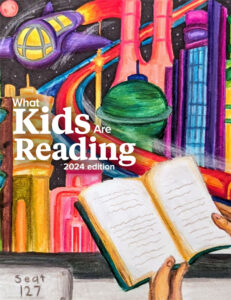Bilingual Education
Edwords (ěd · words) n. 1. PreK-12 glossary breaking through buzzwords to solve the challenge of a common definition. 2. Renaissance® resource to help educators take part in discussion, debate, and meaningful discourse. 3. Educators’ jargon buster.
What is bilingual education?
Bilingual education is a term that refers to the teaching of academic content in two languages, in a native and second language. Varying amounts of each language are used depending on the outcome goal of the model.
How does bilingual education work?
There are different program models that can be used in bilingual education. Historically, program models used for English Language Learners (ELL) have focused on helping students transition from their native language to English.
- Transitional bilingual education involves the partial or total use of the child’s home language when the child enters school, and later a change to the use of the school language only. The goal of transitional bilingual education is to transition students into English-only classrooms as quickly as possible. This is sometimes called early exit bilingual education.
- Maintenance bilingual education involves the use of the child’s home language when the child enters school, then a gradual change to the use of the school language for teaching some subjects and the native language for teaching others.
What does it matter, anyway?
Bilingual education gives ELL students the opportunity to learn grade-level academic skills in their native language until they have acquired enough language to achieve academically in English, too.
